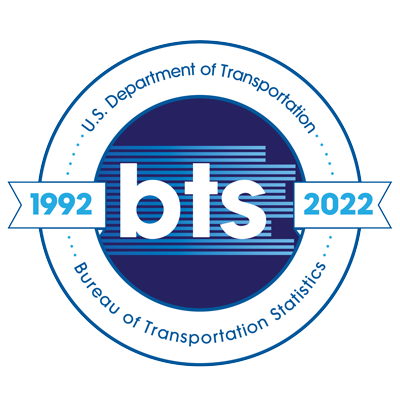Modelling Changes in Transit Accessibility and Property Values: the Case of the King Street Transit Priority Project in Toronto
Topics:
Keywords: transit accessibility, land value uplift, spatial econometrics, hedonic price model
Abstract Type: Virtual Paper Abstract
Authors:
Christopher Higgins, University of Toronto
Robert Arku, University of Toronto
Steven Farber, University of Toronto
Eric J. Miller, University of Toronto
,
,
,
,
,
,
Abstract
Through the example of the King Street Transit Priority Corridor project, this research examines how transit accessibility, and changes in access over time that result from streetcar service upgrades, are capitalized into condominium prices in Toronto, Canada. Methodological and applied contributions include calculating streetcar travel time differences using disaggregate vehicle tracking data, calculating transit accessibility using a gravity-based measure with a calibrated impedance function, accounting for variations in accessibility over the course of a day as well as changes over time, incorporating measures of local accessibility, transforming 2D transaction data to a 3D format, and specifying a 4D spatio-temporal difference in differences model. Results indicate that transit accessibility is a significant determinant of condominium prices both before and after the launch of the priority corridor project. While the service upgrades did not dramatically increase accessibility levels and the implicit value of accessibility did not change over time, condominium property prices appreciated by about 12% more on average in the King Street streetcar corridor relative to the Sheppard subway control after the introduction of the priority corridor pilot. This suggests the corridor on the whole was more attractive than Sheppard in the pilot period.
Modelling Changes in Transit Accessibility and Property Values: the Case of the King Street Transit Priority Project in Toronto
Category
Virtual Paper Abstract








